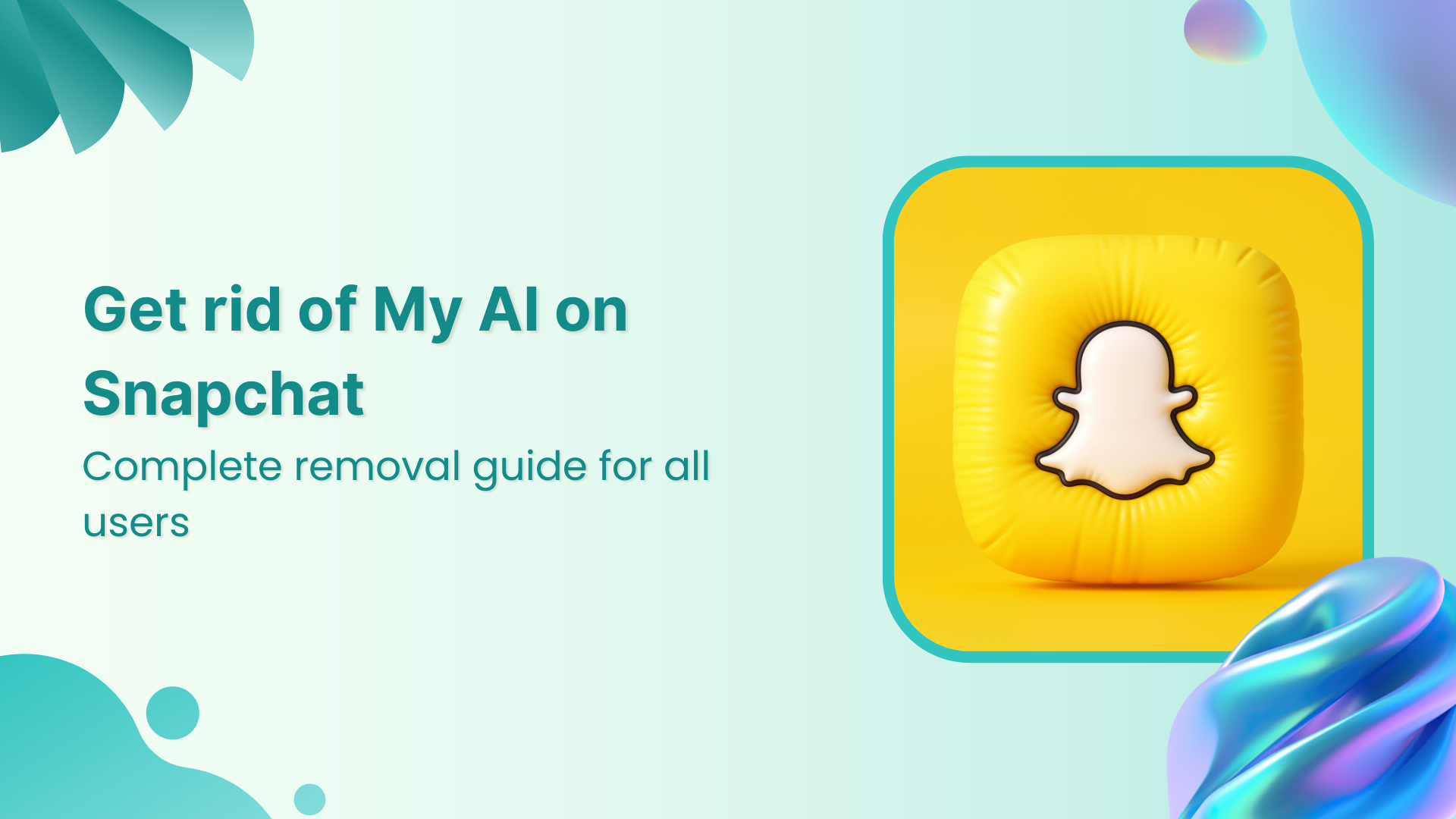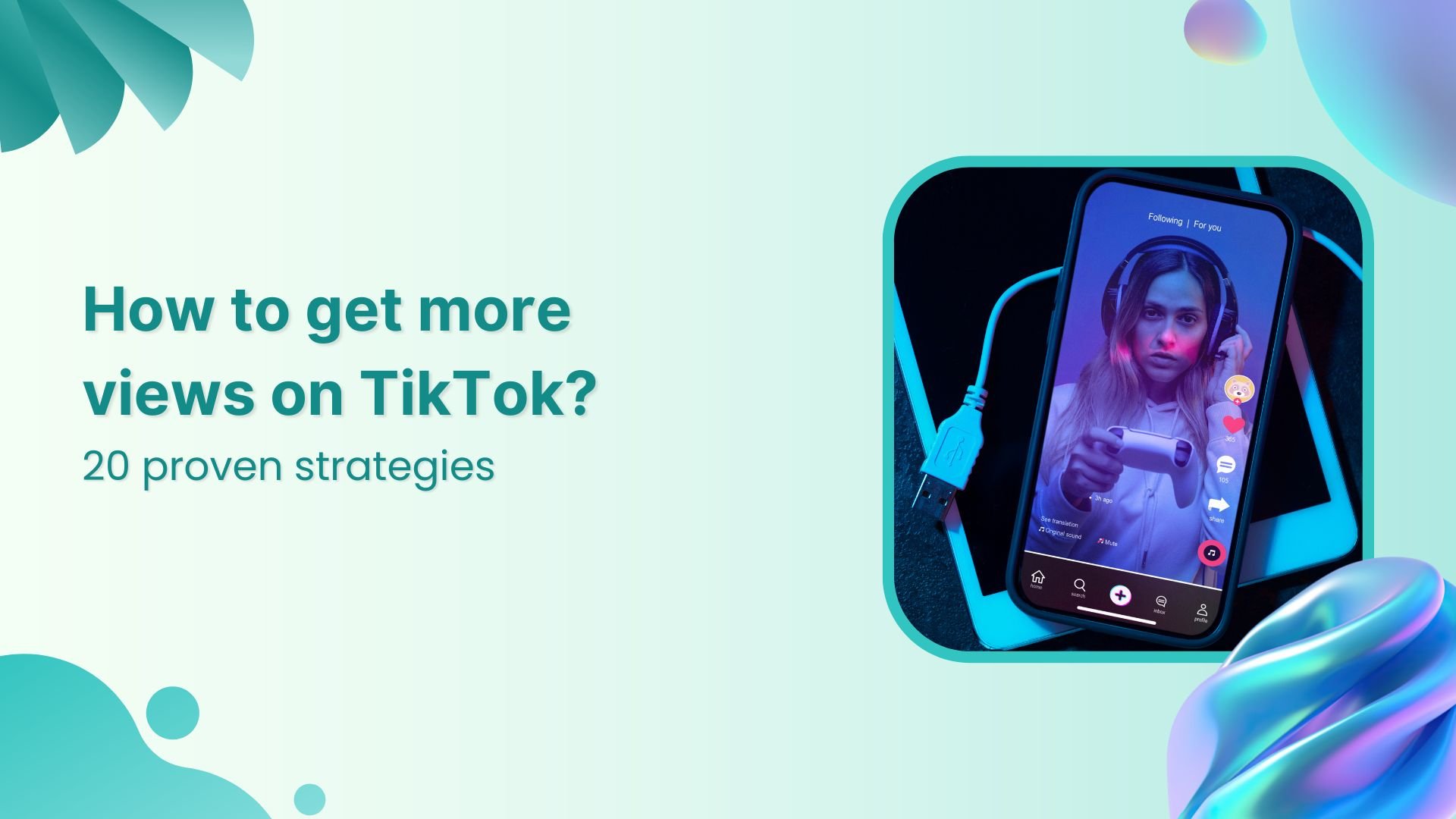Bulk-generate & schedule posts in seconds with Smart Scheduling. Try now!
Chatbot

What is a chatbot?
A chatbot is an artificial intelligence-powered software application designed to simulate human conversation through text or voice interactions. These digital assistants have revolutionized how businesses engage with their customers by providing instant, automated responses to queries and performing various tasks across social media customer service, marketing, and sales functions.
Understanding chatbot technology and its evolution
The journey of chatbots began with simple rule-based systems that could only respond to specific commands. Today's advanced chatbots leverage sophisticated natural language processing (NLP) and machine learning algorithms to understand context, learn from interactions, and provide more natural, human-like responses.
As businesses increasingly focus on social media management and automation, chatbots have become essential tools for maintaining consistent brand engagement and customer service across multiple platforms.
Modern chatbots can analyze user intent, remember conversation history, and even detect emotional tone in messages. This evolution has transformed them from basic automated responders into intelligent virtual assistants capable of handling complex customer interactions and social media engagement tasks.
Types of chatbots for business applications
Rule-based chatbots
Rule-based chatbots operate on predefined rules and decision trees. They work best for straightforward interactions where possible user inputs can be anticipated. While limited in flexibility, these chatbots excel in scenarios requiring consistent, structured responses, such as handling social media content scheduling inquiries or basic customer support questions.
AI-powered conversational chatbots
These sophisticated chatbots use natural language processing and machine learning to understand and respond to user queries more naturally. They can interpret context, learn from past interactions, and handle complex conversations. When integrated with social media management tools, they can assist in content creation, audience engagement, and performance analytics.
Hybrid chatbots
Hybrid chatbots combine rule-based systems with AI capabilities, offering the best of both worlds. They can handle structured tasks efficiently while maintaining the flexibility to engage in more natural conversations. This makes them particularly effective for businesses managing multiple social media accounts and requiring both automated and personalized customer interactions.
Benefits of implementing chatbots in your digital strategy
Enhanced customer service efficiency
Chatbots provide instant responses to customer queries 24/7, significantly reducing response times and improving customer satisfaction. By automating routine inquiries, they free up human agents to focus on more complex issues that require personal attention.
Streamlined social media management
When integrated with your social media management tools, chatbots can help monitor engagement, schedule posts, and provide quick responses to common audience questions. This automation helps maintain a consistent brand presence across multiple platforms while reducing manual workload.
Data collection and analysis
Chatbots excel at gathering valuable customer data through conversations. This information can be analyzed to identify trends, improve social media content strategy, and enhance overall marketing effectiveness. The insights gained can help in creating more targeted and engaging social media campaigns.
Cost reduction and scalability
By automating routine tasks and customer interactions, chatbots help businesses reduce operational costs while maintaining high service standards. They can handle multiple conversations simultaneously, making them ideal for scaling customer support and social media engagement operations.
Implementing chatbots effectively
Planning and strategy development
Before implementing a chatbot, assess your business needs and objectives. Consider factors such as:
- Target audience preferences and behavior
- Types of interactions to automate
- Integration requirements with existing systems
- Performance metrics and success criteria
A well-planned chatbot strategy ensures alignment with your overall digital marketing and social media management goals.
Choosing the right chatbot solution
Select a chatbot solution that integrates seamlessly with your existing social media management platform and other business tools. Consider factors like customization options, scalability, analytics capabilities, and support for multiple languages and platforms.
Content and conversation flow design
Develop a comprehensive conversation flow that reflects your brand voice and addresses common user queries. Create engaging responses that maintain context and provide value while ensuring smooth handoffs to human agents when necessary.
Testing and optimization
Implement a thorough testing process to ensure your chatbot performs as intended. Monitor key metrics such as:
- Response accuracy
- User satisfaction rates
- Conversation completion rates
- Handoff effectiveness to human agents
Use these insights to continuously optimize your chatbot's performance and enhance user experience.
Chatbot integration with social media management
Modern chatbots can be seamlessly integrated with social media management platforms to enhance your digital presence. They can assist in content scheduling, engagement monitoring, and automated responses across multiple social media channels.
Through integration with social media analytics tools, chatbots can help track performance metrics and provide valuable insights into audience behavior and content effectiveness. This data-driven approach enables businesses to refine their social media strategy and improve engagement rates.
Best practices for chatbot maintenance and improvement
Regular content updates
Keep your chatbot's knowledge base current by regularly updating responses to reflect new products, services, or company policies. This ensures accurate and relevant information is always provided to users, which is crucial for maintaining effective social media customer service.
Performance monitoring
Continuously monitor your chatbot's performance through analytics and user feedback. Track metrics like user satisfaction, response accuracy, and conversation completion rates to identify areas for improvement.
User feedback integration
Actively collect and analyze user feedback to improve your chatbot's effectiveness. Use this information to enhance conversation flows, add new features, and address common pain points in the user experience.
Future trends in chatbot technology
The future of chatbot technology holds exciting possibilities for businesses, particularly in social media management and digital marketing. Emerging trends include:
- Advanced natural language processing capabilities
- Enhanced personalization through AI and machine learning
- Improved emotional intelligence and sentiment analysis
- Seamless integration with voice interfaces
- Augmented reality and visual recognition features
As chatbot technology continues to evolve, businesses that stay current with these trends will be better positioned to leverage their benefits for improved customer engagement and operational efficiency.
Conclusion
Chatbots have become essential tools for businesses looking to enhance their digital presence and customer service capabilities. By understanding their types, benefits, and implementation best practices, organizations can effectively leverage chatbot technology to improve efficiency, reduce costs, and deliver better customer experiences.
Whether managing social media accounts, providing customer support, or generating leads, chatbots offer scalable solutions that can adapt to growing business needs. As technology continues to evolve, staying informed about chatbot trends and best practices will be crucial for maintaining a competitive advantage in the digital landscape.

Create, plan, schedule, and publish posts on all social media networks
Recommended for you


Powerful social media management software
14-day free trial - No credit card required.


